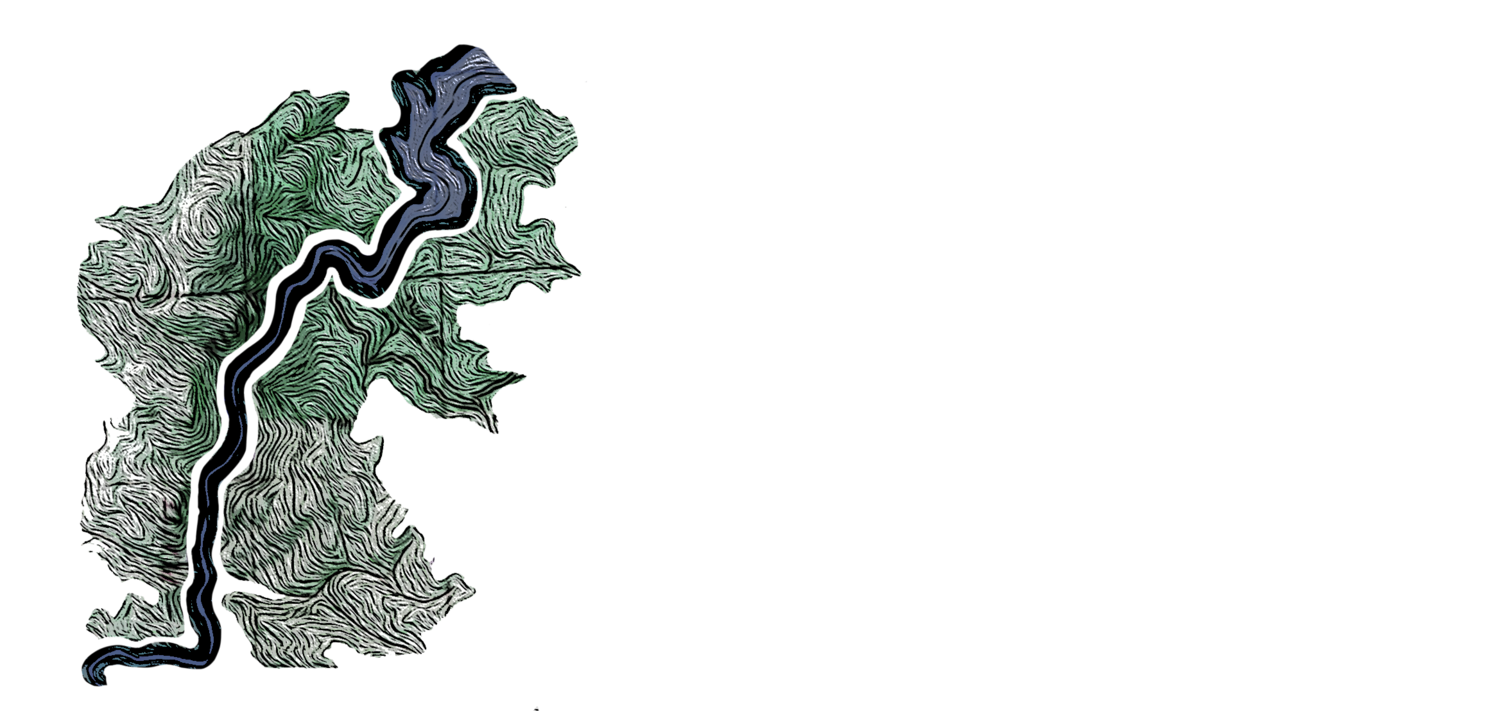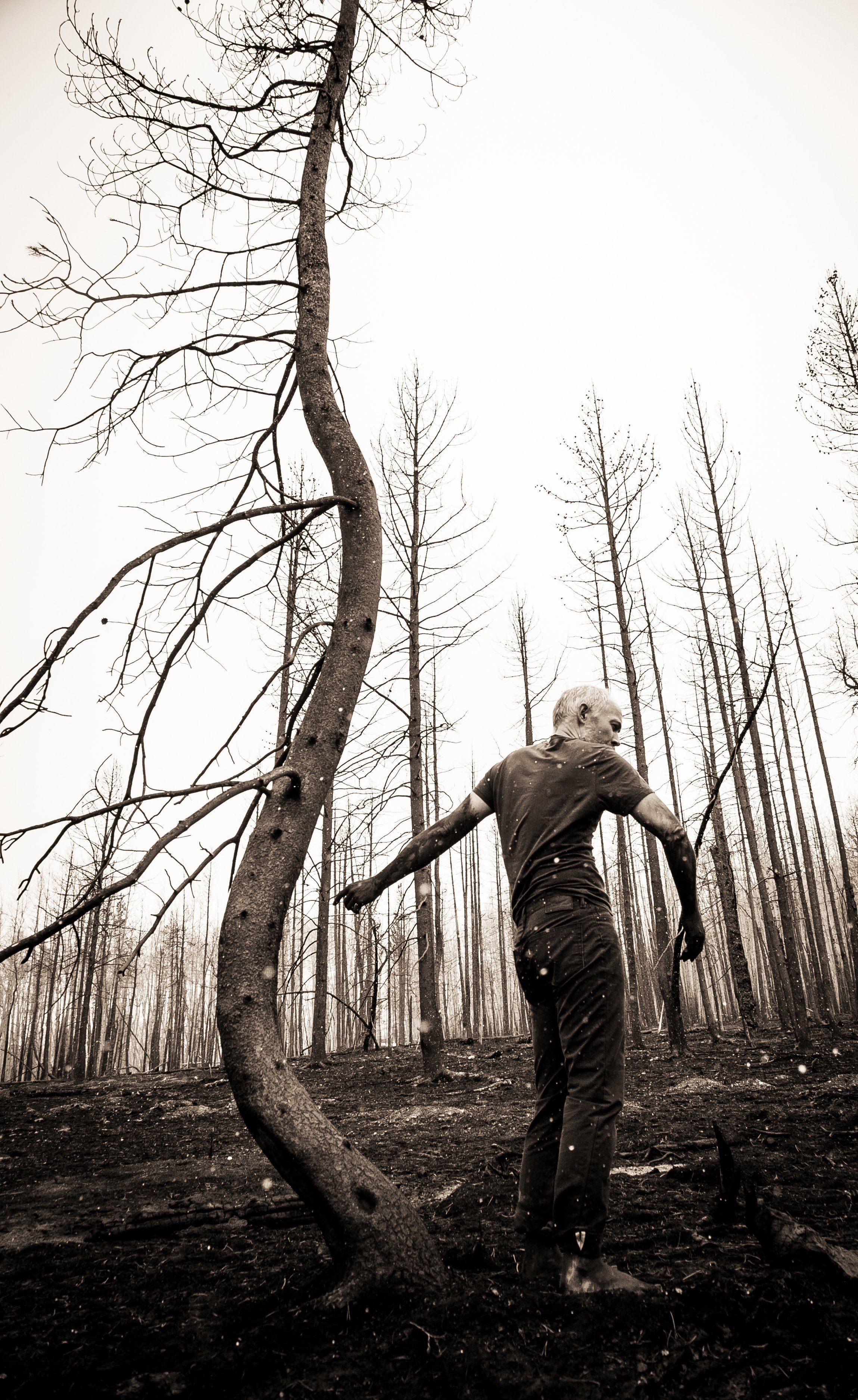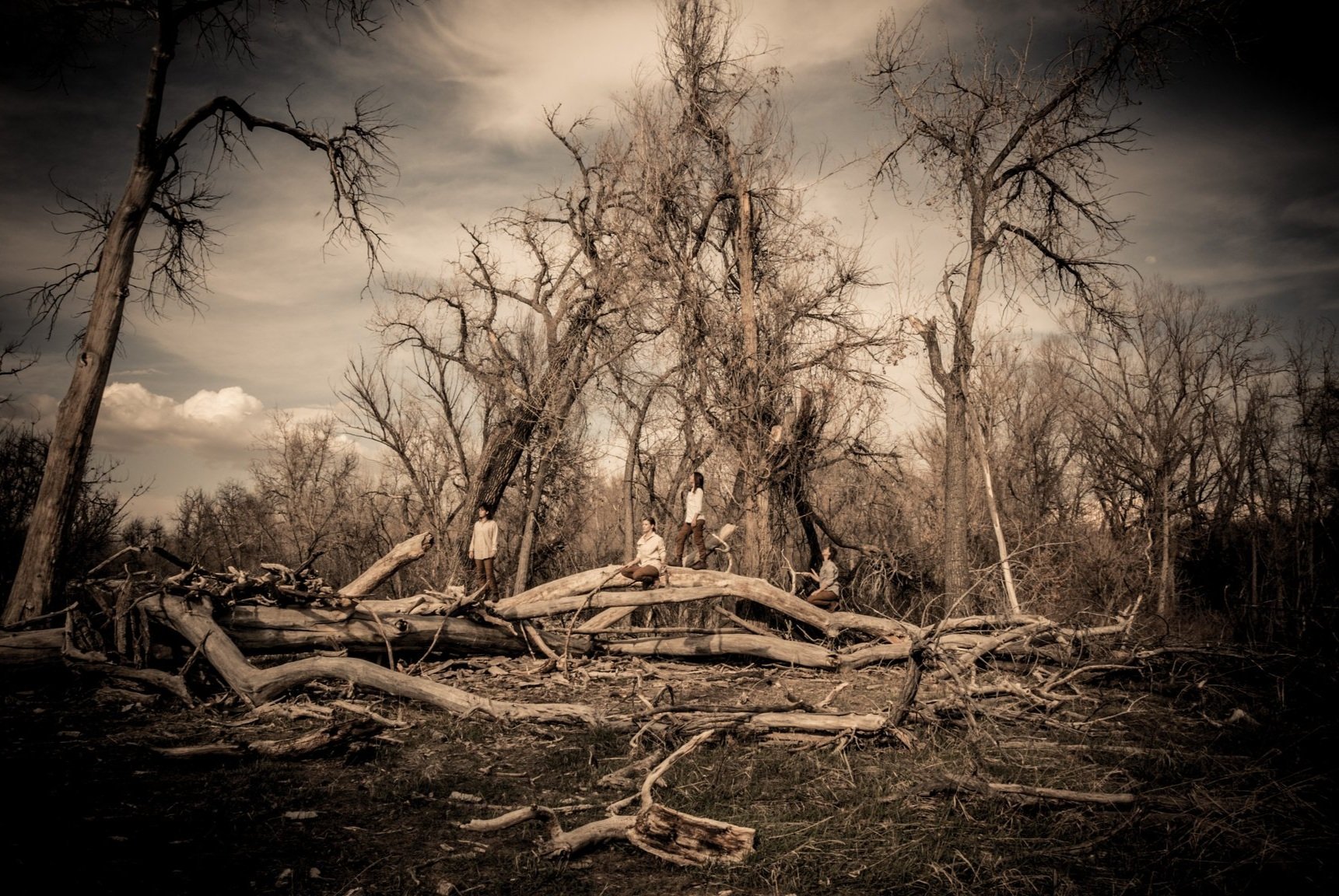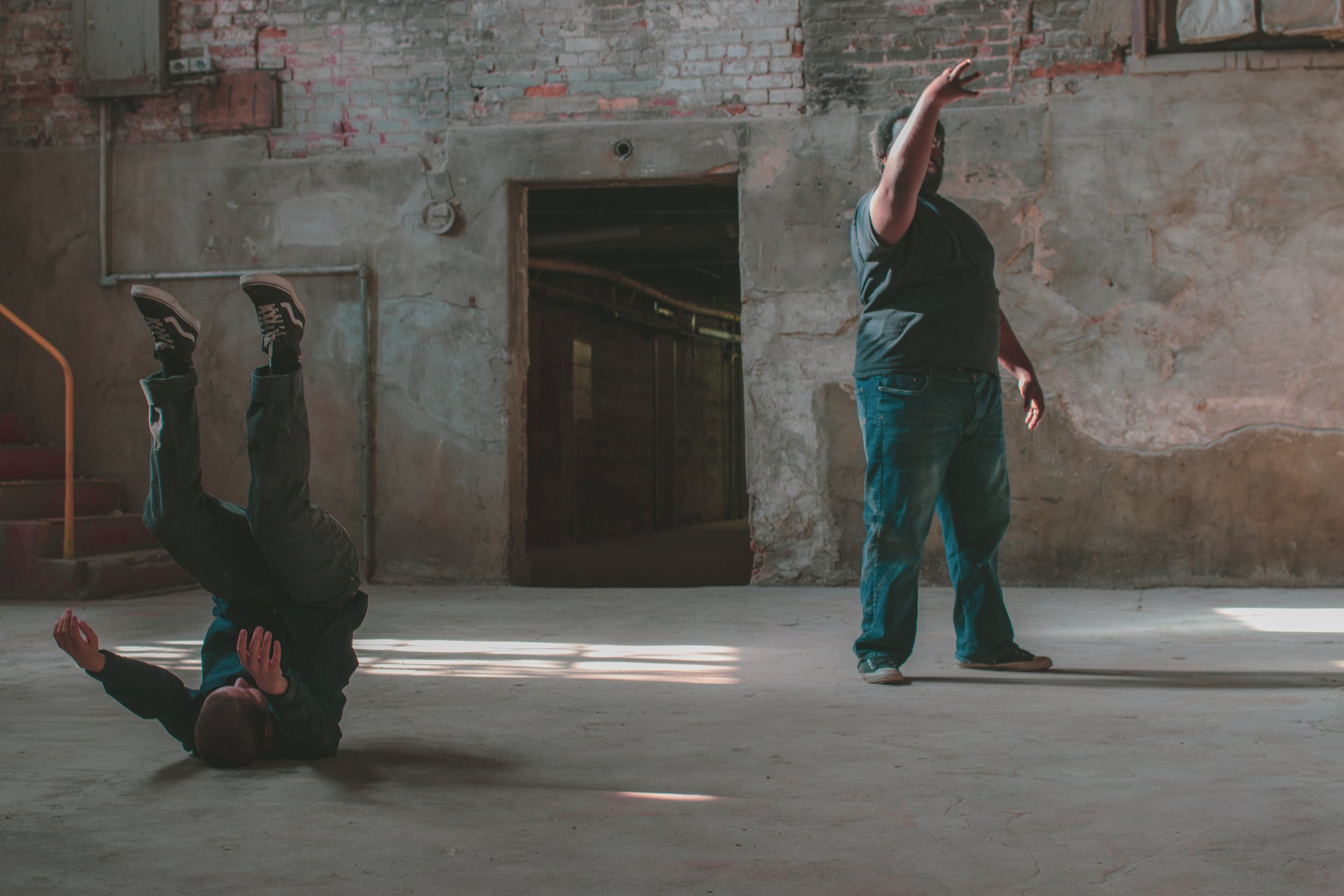Intertwining Economic Profiles
This is an attempt to offer an economic profile of Control Group, and also of my personal finances, which are distinct but intertwined in how they have supported my ability to pursue this work and grow this organization.
It’s based on Jumatatu M. Poe’s Economic Profile on his website, which former board member and collaborator Kate Speer shared with me.
The goal of this is to share the path we’ve followed, in case that’s useful for other artists and organizations to refer to; and to offer transparency for donors, funders, audiences, partners, and members of the general public interested in understanding this facet of who we are. Maybe it will even help a little in dissolving our cultural taboo around talking about money (which I’m pretty sure is an oppression technique taught by the wealthy to the people who feed their wealth).
annual operating budgets
2009: $24,790
2010: $26,270
2011: $5,225
2012: $22,910
2013: $39,720
2014: $36,575
2015: $26,770
2016*: $21,070 (*: short year, to shift to Oct. 1 FY start date)
2017: $54,060
2018: $88,550
2019: $113,365
2020: $141,330
2021: $150,175
2022 (projected): $217,700
development
Control Group Productions began as a performance company and a venue that programmed other artists’ work. Because of that scope of vision, and because it was the only way I knew to fund productions beyond their box office, we intended it from the beginning to be a non-profit organization.
It took nearly three years to prepare and file our 1023 (application to become a 501c3). During that time, we were fiscally sponsored through Fractured Atlas. We filed a few sponsored applications, but didn’t receive any grant funding. Our producing, presenting, and rental activities mostly paid the rent, but compensation for artists was minimal – $200-$500 per project. I didn’t compensate myself for work until 2016.
2013-15 we received small grants for projects, stopped operating a venue, and failed three times to gain admission into SCFD Tier III before finally succeeding. Our first year of SCFD funding coincided with my participation in Sweet & Lucky at the Denver Center, which provided our work with visibility and the hot new term “immersive.”
We leveraged the new SCFD funding pool to apply for as much as we could, and we leveraged the new visibility to build audiences and ticket revenue. We went all in on the local funding structures, and adapted how we operate to fit the dictates of county-driven and impact-focused granting. We grew rapidly from 2016-2020, both in our finances and our number of activities.
Before the pandemic, we had the following income mix:
Ticket sales: $35,070 (31%)
Other earned income: $9,355 (8%)
Individual donations: $28,065 (25%)
SCFD: $35,634 (31%)
Other grants: $5,239 (5%)
Our expenses were 74% personnel, 24% other programming costs, and 2% other administrative costs. Artist contracts and salaries were both roughly equivalent to $14/hr.
pandemic chaos
We were lucky in many regards with how the pandemic has affected us financially. We began payroll on January 30, 2020 – the 2nd to last day to qualify us for PPP (Paycheck Protection Plan) funding, which is now fully forgiven (from loan to grant). Because of our fiscal year (Oct. 1 – Sept. 30) and 2020 programming (focused on a large production in Summer 2020), we already had the majority of our annual income by March 2020, allowing us to fulfill contracts and maintain payroll for collaborating artists. Because of this, alongside our growth trajectory, our FY 2020 financial picture didn’t drop, it just stalled.
If things continue as planned in 2022, we’ll return to growth, with an operating budget of $217,700 and the following income mix:
Ticket sales: 20%
Other earned income: 9%
Individual donations: 17%
SCFD: 29%
Other grants: 18%
PPP: 7%
Expenses will be 80% personnel, 14% other programming, and 6% other administrative.
Photography by Edica Pacha
current snapshot
We’ve recently received funding from:
The Scientific & Cultural Facilities District (every metro county over the last 2 years)
Colorado Creative Industries
Colorado Humanities
Bonfils-Stanton Foundation
NEA! (first award 12/2021)
Mellon Foundation / Lyrasis / Performing Arts Readiness initiative
Denver Arts & Venues
City of Aurora
City of Boulder
Denver Foundation
Community First Foundation (Colorado Gives Day)
Broomfield Community Foundation
Several family foundations
Most of our grant funding is tied to projects, meaning that our activities scale to grants received, and most of our programming has specific obligations for impact, location, etc. The pandemic caused several key funders, including SCFD, to remove or loosen project obligations. This created much needed leeway in programming, allowing us to provide full financial support for Sojourners Project: Busing, and to begin transitioning toward hourly employment for all ongoing collaborators. The current challenge is to move back toward normal-ish with the same agency around allocations of money, time, and other resources that we’ve enjoyed for the last year, and to continue to reduce the role that business practices and financial pressures have on our planning.
Conversely, our budget building goals have continually focused on supporting sustainable engagement by our collaborating artists. This value has driven a lot of our adoption of business mentalities, and it’s one that we are pushing even harder now, as we move more artists onto payroll. Compared to standard practices in non-profit performing arts, our artist fees have consistently been high; and compared to labor in virtually any other industry, they have been terrible – currently $16/hour for everyone in the organization, including me.
I live with the frustrating expectation that we will never be able to pay our artists as much as they deserve. It will take a much larger shift in our industry’s behavior and funding structures for that to change. In the meantime, the commitment always exceeds the compensation, and that limits who can make that commitment. We see this inclusion challenge rippling across much of the community, including large, robust institutions. We’re patiently optimistic that we can be part of a paradigm shift in how artists and nonprofits acquire, allocate, and talk about money.
Photography by Edica Pacha
home ownership
We purchased our home in Lakewood in 2013 for $240k, with $40k in support from our parents. We received another $50k in inheritance in 2018 that we used to build our studio. We’ve since used equity to renovate our garage into an office / massage studio / guest room, and a bathroom for the studio. Control Group contributed ca. $12k to the studio build-out and subsequent renovations, focused on features meeting specific needs of our professional activities here.
I have skepticism of the institution of property ownership, and immense frustration with a market that makes home ownership unattainable for many in our artist community, but our home has been a critical investment for both our family and our organization. It is the main way that Kristine and I save for the future (maybe even retirement? To dream of something so luxurious…). It is Control Group’s home – studio, workshop, office, storage, trailer parking.
Photography by Nicholas Caputo
personal
I moved home in 2008 after failing to expatriate to Germany. I lived in my dad’s basement, got a job installing solar panels, and saved money to buy a car. Then I signed a lease on an industrial space in Globeville.
I didn’t have much of a plan, and certainly no business plan or training, but I had been talking to a few friends who agreed to serve as a founding board. I could afford the rent from my paycheck, and I lived in the back room. I put a lien on my car to outfit it with flooring, lights, and sound ($12,700 initial investment).
I worked full-time, first installing solar panels, then teaching dance, for the first eight years of running Control Group, making $28-32k per year. During this time Kristine and I got married and had Levi.
In 2016 I began transitioning toward full-time artistic work, using my work on Sweet & Lucky as a springboard. I channeled teaching and production contracts through Control Group to create a full-time position starting in 2017. I based my salary on my personal/family need, starting at $28k and growing to $33,600 currently – about $16/hr depending on how many hours I let myself work.
Kristine was making a similar amount before the pandemic; since then, federal pandemic support (unemployment, direct payments, tax stuff) has allowed her to be Levi’s homeroom teacher and care-taker while I’ve been working overtime to keep Control Group afloat. Neither of us have any affection for the 50s breadwinner/homemaker model, but somehow it’s still where we landed starting March 15, 2020.
Most of this has been done by feel, with a lack of knowledge around how businesses function, and some active resistance to adopting business mentalities. I’ve pushed myself and the organization toward those mentalities regardless, and right now we are working to reduce the role that financial situation and goals have in our planning (as noted above, with the caveat that values around fair compensation push us in the opposite direction).
Many of my personal decisions (and general stance toward the world) are built on the privileges I’ve experienced from my family and upbringing – the space and encouragement to excel in school, the money to attend the college of my choice, the safety net of being able to move in with parents, the ability to show up “unmarked” in my visual identity in interactions with individuals and communities.
I’ve worked to pair my privilege with frugality and a sense of responsibility toward extending its benefits beyond my own personal gain. This has guided Control Group’s community-inclusive vision and programming, and also informed most of my and our family’s decisions around how we allocate time, money, and other resources. It plays out in our willingness – and ability – to work for little or no compensation, and accept a life trajectory where our income is unlikely to increase markedly. It shows up in our major financial decisions: renovating our home to serve the organization’s needs as well as our own, owning and maintaining vehicles able to transport Control Group’s trailer and gear, and many other uses of personal property and resources for company activities. There’s no lament here, or aim to brag – these felt like necessary actions to earn the privilege of pursuing work that is my calling and passion. Instead of asking, "What is my labor and my property worth?" and pushing to arrive at that level of compensation, I've operated from, "What do I need in order to continue doing this work?"








